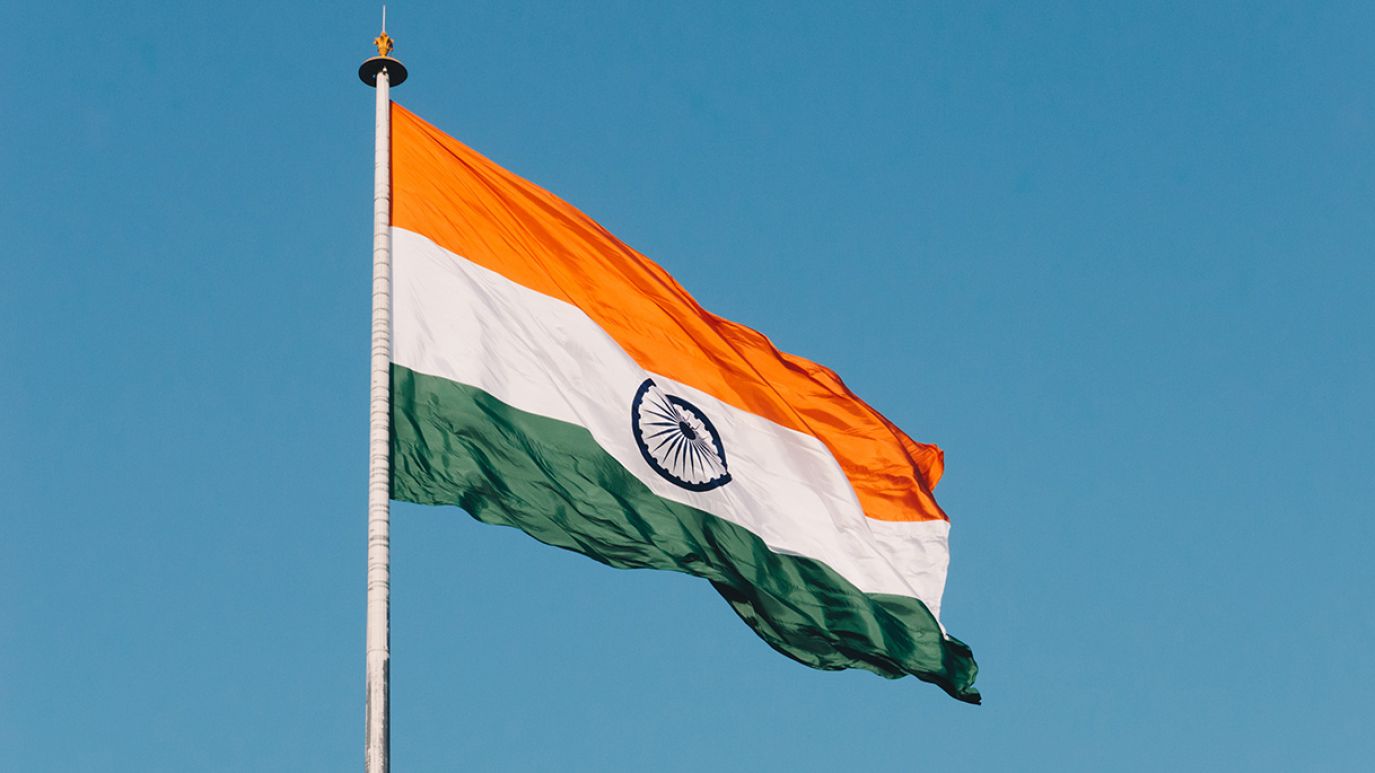-
Blog
Enhanced US-India cooperation, and strong military and diplomatic relations, concern China

The upcoming 19th edition of Yudh Abhyas – a joint US-India annual military training practice – is arguably the most significant yet, representing strengthening US-India ties in the eyes of Beijing. At the same time, growing tensions between India and China are revealing internal divisions within the BRICS group of nations.
The US and India will hold the 19th edition of ‘Yudh Abhyas’ – an annual training practice between the US and Indian militaries between 25 September and 8 October in Alaska. Arguably, the 2023 edition holds greater significance than any other since its inception in 2004, following Indian Prime Minister Narendra Modi’s high-profile state visit to Washington on 20-24 June, which culminated in several agreements that expand the scope of US-India relations.
Yudh Abhyas 2023 is aimed at exchanging best practices, tactics, techniques, and procedures between the armies of the US and India. It followed Exercise Cope India 23, a 15-day bilateral air exercise starting on 13 April, held between the Indian Air Force and the US Air Force at Kalaikunda, West Bengal. Another regular exercise, this year’s involved B1-B heavy bomber jets and F-15 E fighter jets of the US Air Force for the first time.
Beijing perceives both exercises as representing growing military and diplomatic ties between the US and India. They also came against a background of strained diplomatic ties between India and China over the expansion of the BRICS group (Brazil, Russia, India, China, and South Africa).
Beijing threatened by growing US-India military cooperation
China has growing concerns over stronger military cooperation between the US and India, and the announcement of some important military deals between the two nations agreed during Modi’s visit to Washington have only magnified those concerns.
Modi’s sixth visit to Washington since 2014 focused on building closer US-India relations through the acceleration of three areas that Chinese analysts interpret as being disadvantageous toward China – ‘Deepening Strategic Convergence’, ‘Powering a Next Generation Defense Partnership’, and ‘Charting a Technology Partnership for the Future’.
In terms of strategic convergence, both sides emphasized the importance of adherence to international law, particularly as reflected in the United Nations Convention on the Law of the Sea (UNCLOS), and the maintenance of freedom of navigation and overflight, in addressing challenges to the maritime rules-based order, including in the East and South China Seas.”
These pronouncements were directed against China’s actions in the East and South China Seas, the Indian Ocean, on the India-China border, and in a possible invasion of Taiwan, according to Chinese experts.
President Biden and Prime Minister Modi issued a joint statement following the visit: “President Biden and Prime Minister Modi reiterated their enduring commitment to a free, open, inclusive, peaceful, and prosperous Indo-Pacific region with respect for territorial integrity and sovereignty, and international law.” Both leaders expressed concern over coercive actions and rising tensions, and strongly oppose destabilizing or unilateral actions that seek to change the status quo by force.
US-India technology and semiconductor deals
Technology deals were also significant, with the US and India agreeing to work together on a wide range of technology developments, including nuclear power, green energy, 6G communications, space exploration, AI, quantum computing, biotech, and healthcare. Of course, Beijing is concerned that US assistance will propel India’s technology advancement at an unprecedented speed.
The US and India also signed an MoU on a Semiconductor Supply Chain and Innovation Partnership, with Micron Technology planning to invest up to $825 million to build a new semiconductor assembly and test facility in India, while Lam Research will train 60,000 Indian semiconductor engineers.
Geopolitically, on 9 June India announced that it will not join NATO+, a NATO expansion reportedly proposed by the US to include countries like Australia, Japan, South Korea, New Zealand, and Israel. China and Russia are opposed to the notion of additional military capabilities along their respective eastern flanks.
Cracks in BRICS?
However, China and India’s approach to BRICS seems to be diverging, with India resisting China’s efforts to use the BRICS group to promote its own geopolitical agenda through the Belt and Road Initiative, and others, which would by default create an anti-US coalition.
Few global south countries want to choose between the US and China. India’s approach, therefore, to promote cooperation among developing countries, address global issues such as climate change, and find ways to transform the global economic and financial system through engagement with the G7 is potentially more appealing.
At the same time, China and Russia want to extend their influence in developing countries by admitting more members, which threatens to facilitate a bloc that promotes members’ own agendas and amplifies anti-US rhetoric. India and South Africa, meanwhile, would prefer BRICS to remain relatively small so that members can maintain more influence and focus on South-South economic cooperation projects.
Pamir assesses that China is keenly watching whether the enhanced US-India relationship flourishes or flounders. Despite obstacles to India smoothly integrating new US technology and business investment, New Delhi and Washington are signaling mutual measures to counterbalance China’s influence. From a business perspective, as the US facilitates “friend-shoring” of supply chains to India, understanding the variables driving these supply chain shifts would benefit US companies amid increasing competition between China and India for investment and talent. Get in touch to discover more.
China’s 5G influence in developing economies
China’s Belt and Road Initiative and its digital counterpart, the Digital Silk Road, threaten to displace US telecom and tech companies in developing economies in Africa, Latin America and the Middle East. How can US operators and network providers stand up to the challenge?